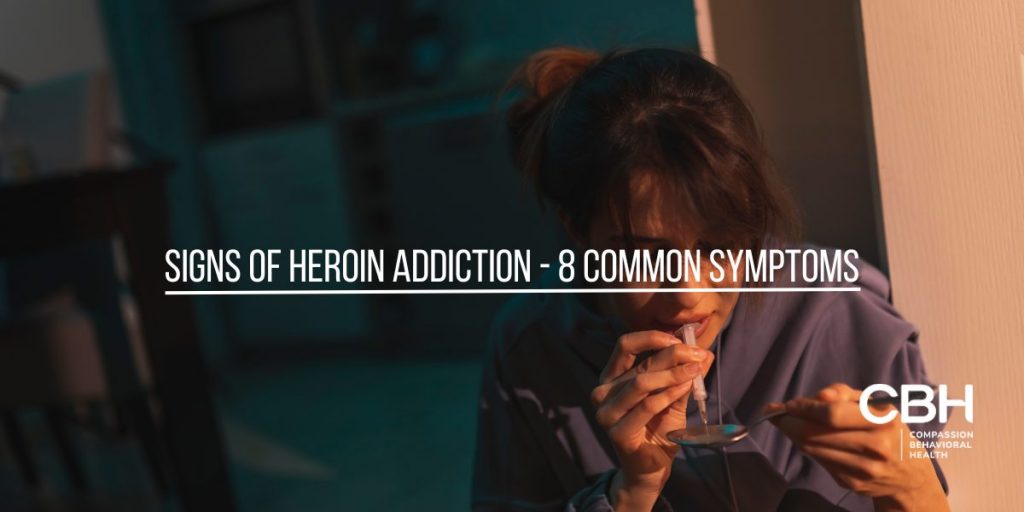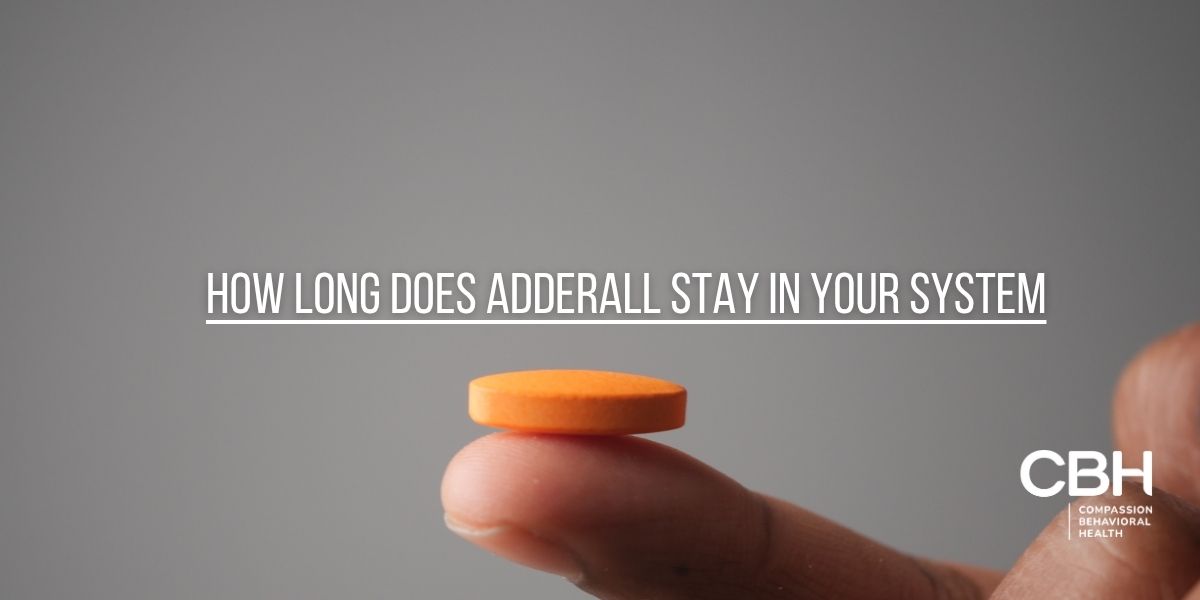As a loved one, friend, or caregiver of someone who may be struggling with addiction, it’s important to know the signs of heroin use. Heroin is a highly addictive opioid drug that affects millions of people worldwide. In this article, we will discuss the five most common signs of heroin use and addiction that you should be aware of.
What is Heroin?
Heroin is a highly addictive drug that is derived from the opium poppy plant. It is typically sold as a white or brown powder or as a black, sticky substance known as “black tar” heroin. Heroin can be smoked, snorted, or injected, and it is notorious for its physical and psychological effects.
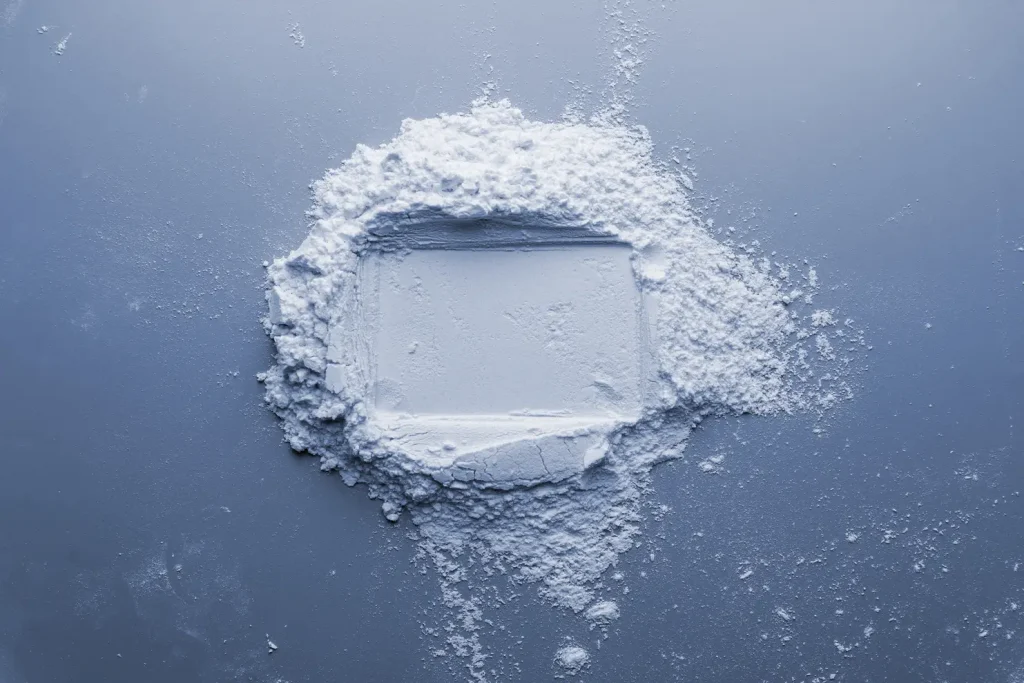
Heroin addiction can affect people from all walks of life, regardless of age, gender, or socioeconomic status. It is important to recognize the signs of heroin use and addiction in order to seek help for yourself or a loved one.
The Dangers of Heroin Addiction
Heroin addiction is a serious condition that can lead to a wide range of physical and psychological problems. Some of the most common dangers associated with heroin addiction include respiratory depression, liver and kidney disease, infections, abscesses, and overdose.
Heroin use can also have a significant impact on mental health, leading to depression, anxiety, and other mood disorders. It can also cause problems with memory and cognitive function, making it difficult to perform everyday tasks.
8 Common Signs of Heroin Use
Physical Signs of Heroin Use
Heroin can cause a range of physical symptoms and changes in appearance that are indicative of drug use. Some of the most common physical signs of heroin use include:
1. Track Marks and Bruising
One of the most obvious physical signs of heroin use is track marks. These are small scars that appear where a person has injected the drug into their veins. In addition to track marks, bruises and other skin wounds can also be common in individuals who use heroin.
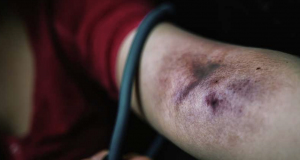
It is important to note that not all individuals who use heroin will develop track marks or bruises. The severity and frequency of these physical signs can vary depending on a number of factors, including the individual’s method of drug use and the frequency of their use.
2. Pupil Constriction – Heroin Eyes
Heroin use can also cause significant changes in a person’s pupils. When a person uses heroin, their pupils will typically become very small, a condition known as miosis. This is because heroin suppresses the central nervous system, which includes the muscles that control the size of the pupils.
While pupil constriction can be a sign of heroin use, it is important to note that there are other factors that can cause this physical symptom as well. For example, certain medications and medical conditions can also cause pupil constriction.
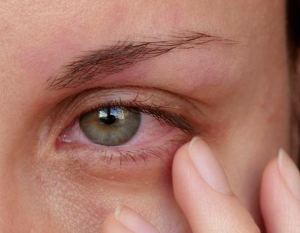
Overall, it is important to be aware of the physical signs of heroin use and to seek professional help if you suspect that someone you know may be struggling with addiction. With the right support and treatment, individuals can overcome their drug use and lead healthy, fulfilling lives.
Behavioral Signs of Heroin Use
In addition to physical signs, there are also many behavioral signs of heroin use that you can look out for. These include:
3. Mood Swings and Emotional Instability
Heroin use can cause significant mood swings and emotional instability. Individuals who use heroin may become irritable, moody, or depressed and experience sudden bouts of euphoria or calmness. These mood swings can be incredibly difficult for loved ones to deal with, as they may not understand what is causing them.

It is important to note that these mood swings can also be a result of the individual trying to manage their addiction. They may be struggling with intense cravings and heroin withdrawal symptoms, which can make it difficult for them to regulate their emotions.
4. Social Withdrawal and Isolation
Heroin can also cause individuals to withdraw from social situations and become isolated. They may leave school, work, or other commitments, and they may stop communicating with friends and family for extended periods of time. This isolation can be incredibly damaging, as it can exacerbate feelings of depression and anxiety, and can make it difficult for individuals to seek help.
It is important to remember that social withdrawal and isolation can also be a result of shame or guilt related to their addiction. They may feel as though they are a burden on their loved ones, or that they are not worthy of their support.
5. Neglecting Responsibilities
Individuals who use heroin may also neglect their responsibilities, such as those related to school, work, or family obligations. They may skip important appointments or events, miss deadlines, or neglect basic household chores. This neglect can have serious consequences, such as losing a job or damaging important relationships.
It is important to remember that this neglect is not a result of laziness or lack of motivation, but rather a symptom of their addiction. They may be struggling to prioritize their responsibilities in the face of intense cravings and withdrawal symptoms.
Paraphernalia Associated with Heroin Use
In addition to physical and behavioral signs of heroin use, there is also specific paraphernalia associated with heroin use that you can look out for. Some of the most common types of heroin paraphernalia include:

6. Syringes and Spoons
When a person injects heroin, they will typically use a syringe and a spoon to prepare the drug. You may find these items in a person’s belongings, or in their living space.
7. Foil and Lighters
Heroin can also be smoked, and so individuals who use heroin may have foil and lighters in their possession. They may use these items to smoke the drug or to heat up spoons for injection.
8. Rubber Tubing or Tourniquets
In addition to the above items, rubber tubing and tourniquets can also be used to facilitate injection. These items are used to tie off the veins, so that the person injecting the drug can more easily find a vein.
Get Help for Heroin Addiction In Florida
It is important to be aware of the signs of heroin use and addiction, as this can help you identify when a loved one is struggling with these severe conditions.
If you suspect that a loved one is struggling with heroin addiction, it is important to seek professional help. Remember, recovery is possible, and with the right support and resources, individuals can overcome heroin addiction and live a fulfilling life in recovery.
Compassion Behavioral Health is a Nationally Recognized treatment center located in Hollywood, Florida, offering dual-diagnosis, evidence-based treatment for heroin addiction and mental health. For more information about what heroin addiction recovery programs we provide, call us or contact us online today.
